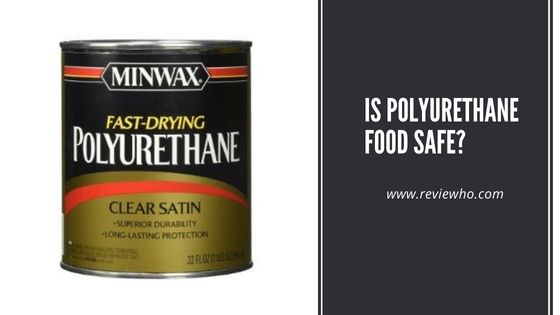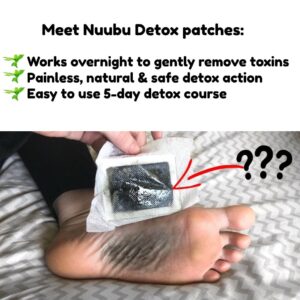You might have come across polyurethane – a material used for coating wood. Polyurethane is among the best for protecting, sealing, and beautifying wood. Polyurethane is used to give your wood a luxurious and polished look. It is mainly applied to chairs, dining tables, as well as cabinets.
But is polyurethane food safe? This is one of the questions that you, our readers, have recently asked us. After some research, we are ready to answer the question in detail.
In our post today, we will be discussing polyurethane. We will discuss why it is regarded as a non-toxic and food-safe finish and more. Read on for a detailed discussion.
About Polyurethane
Polyurethane will become a hard finish that can easily resist any abrasions that might be caused by cleaning solvents or water. It works much better than some other varnishes in the market. But there are several things you should know about the finish.
First, polyurethane is a liquid that is like plastic in its raw form. It contains volatile organic compounds, as well as isocyanate which is toxic. These two can cause certain health issues including asthma and more. So, it is understandable to be concerned about their use.
However, polyurethane will react with oxygen and their molecules will form a thigh bond that turns it to a hard finish. After it forms these bonds, it becomes a smooth and hard film that is then considered food safe.
Is Polyurethane Food Safe?
According to the Food and Drug Administration (FDA), polyurethane is a food-safe material. That means that it can be used for surfaces that will come in contact with food. The finishes can therefore be safely used for any food processing applications.
The reason for this conclusion is that polyurethane is not toxic or allergenic when it is fully cured and dried.
Is Polycrylic Food Grade?
When looking for polyurethane, there is a high chance that you will come across polycrylic.
Is polyurethane the same as polycrylic? No. While polyurethane can be found in oil-based and water-based forms, polycrylic is only a water-based finish. Polycrylic is also a great choice for use in furniture, cabinets, and more. It serves the purpose of protecting wood pieces and adding a beautiful finish.
But is polycrylic acid food safe? Well, polycrylic is safe for food use. This water-based finish will, first of all, protect your furniture, including your cabinets and chairs, from any wear and tear and still give them an amazing look. Additionally, it is non-flammable.
More than that, polycrylic is completely food safe. After the finish is cured completely, it will become perfectly safe for food.
Note: After adding a polycrylic finish, we recommend that you allow it to dry completely. At room temperature, that will normally take close to 20 to 25 days.
Is Polycrylic Food Safe for Babies?
First, it is a good choice for food containers and baby bottles. Polycrylic is water-based and can be used as an acrylic sealer for such containers and bottles.
But that’s not all. Polycrylic is a product that is recommended by a range of manufacturers for use on baby items like toys and cribs. The reason for that is that it does not have any harmful chemicals. What’s more, you can use it indoors and on some children’s toys.
The relation between polyurethane and polycrylic is that polycrylic is water-based and is mostly considered a better alternative to polyurethane because it is not as toxic.
Polycrylic is a resin that is odorless, colorless, non-toxic, and non-flammable when it is completely dried.
Another advantage associated with polycrylic is that it will form a completely hard plastic film. This plastic film will resist moisture, keep your food fresh, and prevent any growth of mold. It also prevents bacterial contamination.
That is the main reason why it is preferred for use in food containers. The contents are kept free of microorganisms that could cause disease or even death.
Conclusion
You should be careful about the type of protective film that you apply on surfaces that come in contact with your food. Therefore, we recommend that you consider polyurethane and polycrylic to find an option that you prefer and one that works best for your house.






